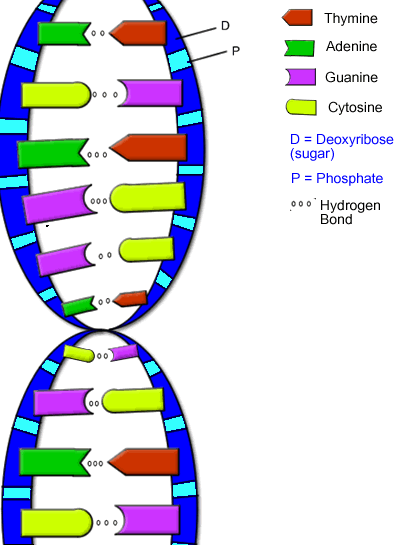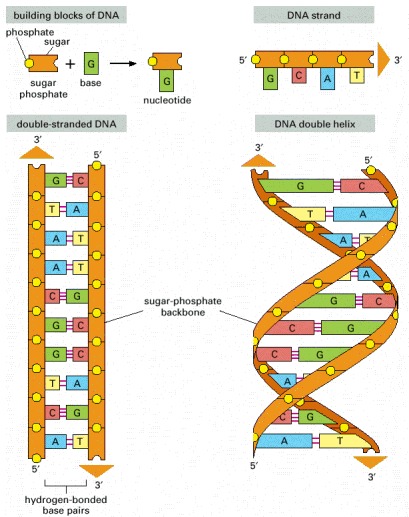Blog Archive
-
▼
2011
(36)
-
▼
March
(36)
- ireland baldwin height
- african
- colico nefritico
- england flag outline
- education quotes by famous people
- streptomycin injection
- maggots in foot wound
- optic neuritis visual field
- first aid logo
- wine bottle and glass
- rsc equipment rental logo
- episiotomy scar pictures
- quarantine 2
- structure of isoleucine
- fshare
- laminar flow hood images
- medicine counter assistants
- agarbatti design
- motivation letter sample
- dna strand of bases
- agarbatti design
- pictures of frostbite on toes
- ponsonby social club
- cranberry bog images
- tapeworms in cats poop
- subconjunctival hemorrhage pics
- amnesiac art
- fathers of confederation canada
- boron trifluoride shape
- laparoscopic appendix scar
- herbst theatre
- plants vs zombies 2 download
- digoxin effect ecg
- homeopathic pills
- clothing rack with clothes
- conjunctival hemorrhage picture
-
▼
March
(36)
Wednesday, March 9, 2011
dna strand of bases

Figure 12 A DNA strand, bases, nucleotides, genes, and a chromosome (a) A

The DNA strand of bases is a template (model) for the replication of DNA

Each DNA strand is composed of a sequence of bases connected

DNA.gif

File:Dna strand3.png

Model of DNA strand on

Next, the mRNA is chopped up and removed, and the DNA strand is used to make

formed by hydrogen bond interaction of two separate DNA strands.
.png)
(DNA ligase is the same enzyme used to bond DNA strands together) DNA

The nitrogenous bases on the two strands of DNA pair up,

Deoxyribonucleic acid (DNA) consists of two sugar-phosphate strands forming

Deoxyribonucleic acid (DNA) consists of two sugar-phosphate strands forming

DNA that will base pair with the following strand of

Structure of DNA

This picture shows how DNA bases are stacked together along the double helix

DNA polymerase primes the strand, adds base pairs, and repairs damages

DNA and its building blocks.

Figure 12 A DNA strand, bases, nucleotides, genes, and a chromosome (a) A
A typical DNA strand in our cells can be 50

yet been clarified) to the second DNA strand (non-covalent, n-strand),
Subscribe to:
Post Comments (Atom)
Followers
Powered by Blogger.
0 comments:
Post a Comment